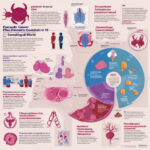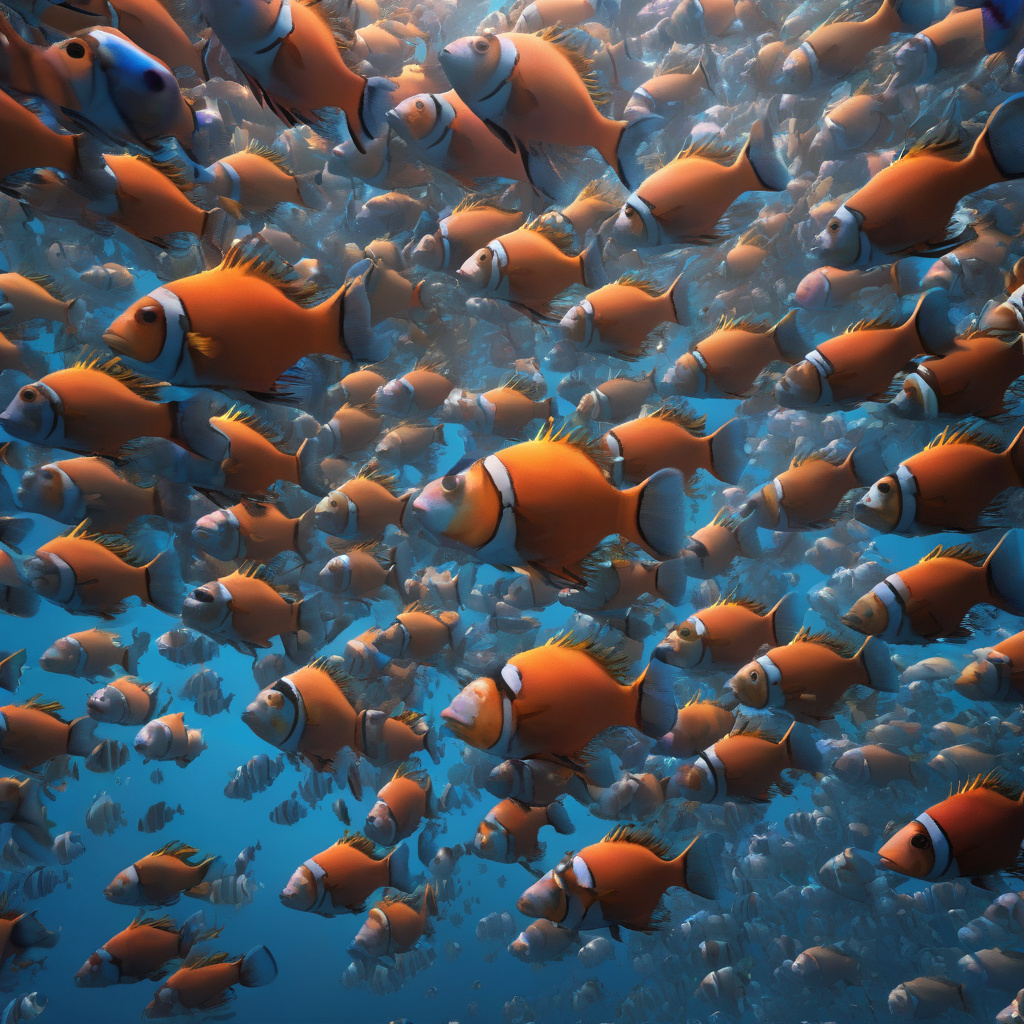Schooling Fish, Flocking Birds Inspire Breakthrough in Robot ‘Swarm Intelligence’
A new framework has been designed to push forward swarm intelligence, the branch of AI that draws inspiration from the collective behaviors of animals like schooling fish and flocking birds. This innovative approach mimics the decentralized nature of these animal groups, where individuals coordinate their actions based on simple rules, leading to complex and adaptive group behavior. By understanding and implementing these principles in robotics, researchers have unlocked a world of possibilities for creating smart and efficient robotic systems that can work together seamlessly.
The concept of swarm intelligence has been around for decades, but recent advancements in technology have enabled a deeper exploration of its potential applications. One key area where this approach is making waves is in the development of robot swarms. These are groups of small robots that can communicate with each other and collaborate to perform tasks that would be challenging or impossible for a single robot to accomplish alone. By taking cues from nature, researchers are finding new ways to enhance the capabilities of these robot swarms and unleash their full potential.
One of the most intriguing aspects of swarm intelligence is its ability to adapt to changing conditions in real-time. Just like a school of fish evading a predator or a flock of birds adjusting their flight path, robot swarms can dynamically reconfigure themselves to overcome obstacles or optimize their performance. This flexibility is a game-changer in various fields, from search and rescue missions to environmental monitoring and even space exploration.
For example, imagine a scenario where a team of robotic drones is deployed to survey a disaster-stricken area. By leveraging swarm intelligence, these drones can efficiently cover the entire area, communicate with each other to avoid collisions, and collaborate to identify survivors or assess damage. This level of coordination and adaptability is crucial in situations where time is of the essence, and human intervention may be limited or risky.
Moreover, the applications of swarm intelligence are not limited to robotics alone. This innovative approach is also being integrated into other AI systems to enhance their performance and decision-making processes. By incorporating principles inspired by nature, such as self-organization, decentralized control, and adaptive behavior, researchers are pushing the boundaries of what AI can achieve in terms of efficiency, scalability, and robustness.
In conclusion, the breakthrough in robot swarm intelligence is a testament to the power of learning from nature and applying those insights to technological innovation. By studying the collective behaviors of schooling fish and flocking birds, researchers have developed a new framework that has the potential to revolutionize the field of robotics and AI. As we continue to explore and refine these concepts, we are paving the way for a future where smart and adaptive systems can work together harmoniously, much like the animals that inspired them.
swarm intelligence, robotics, AI, nature-inspired, technological innovation












